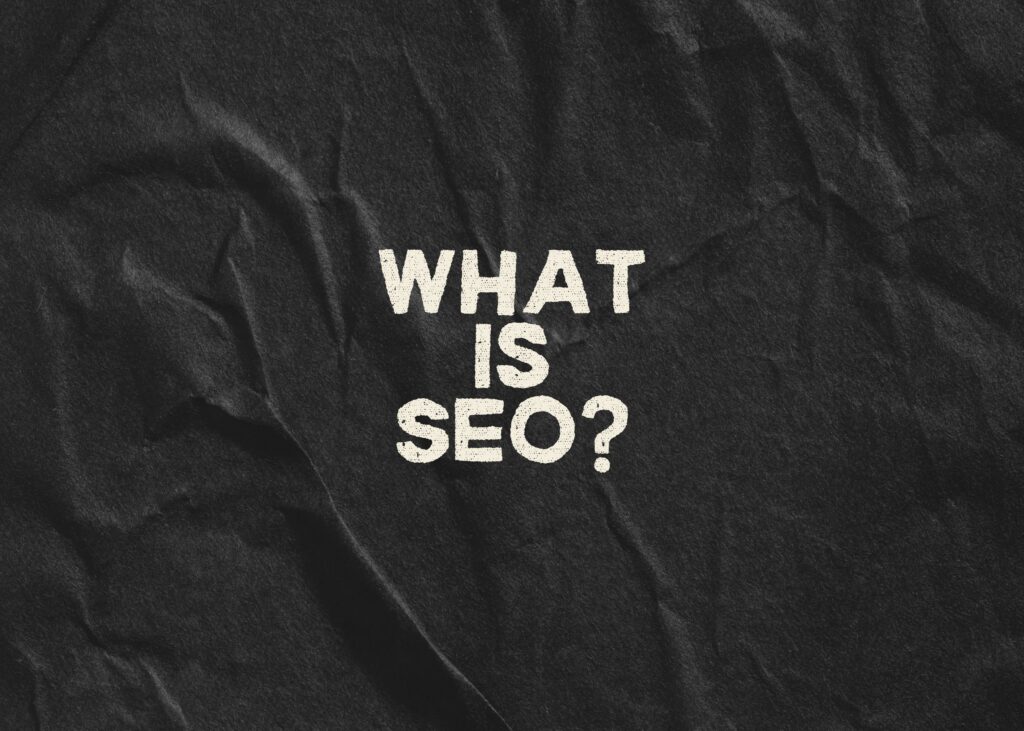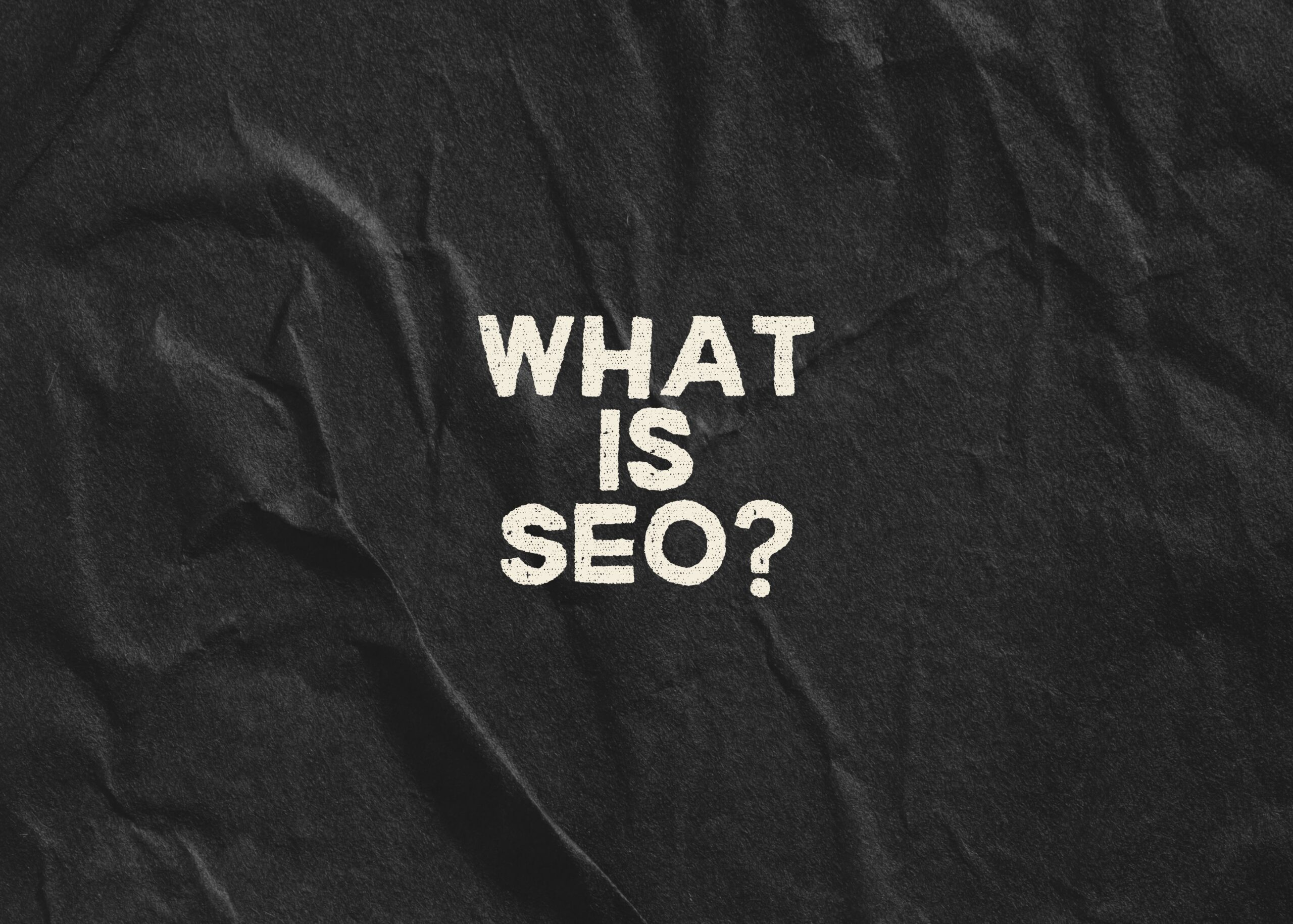
So you’ve started your business and are now looking to grow it. There’s lots of ways to do this, but one tried and true method of doing so is through the power of Search Engine Optimization, or SEO for short. What exactly is SEO? Is it useful for your business? How do you implement it into your work? All these questions and more are what we’re here to answer today, so let’s get started!
What is Search Engine Optimization?
Have you ever wondered how Google chooses the results to show you when you search something? The short answer is through Search Engine Optimization! What exactly is SEO though? It’s the process of making your site and the content on your site appeal to Google and other search engines. The goal of SEO is to show Google that you provide what its users are looking for. Whether that’s a photographer in Chicago, a personal trainer focused on building muscle, or a financial advisor for small businesses. SEO is our way as business owners to show Google that we have what its users are looking for.
How this all works is something we’ll go over in depth later. The important thing to keep in mind is that we need to build trust with Google. It wants to satisfy its users as quickly as possible with the right answer to their question. It’s up to us to show Google that WE are that right answer.
Where Can You Apply SEO?
In short, everywhere! You can apply tactics of search engine optimization throughout your entire website. This includes your page titles, meta descriptions, image names, image alt text, the content on your pages, your blog posts, really anywhere that you have text on your site. While Google is often the first thing to come to mind with SEO, you can apply these practices elsewhere for similar results! Social media platforms like Instagram and TikTok use a simpler version of SEO to get relevant content in front of their users. Using hashtags and commonly searched terms and phrases can boost your “SEO” for social media.
The main difference between these two areas is that social media content has a much shorter lifespan on average and has an environment that is rapidly shifting at all times. The landscape of Google and search engines as a whole also changes, but at a slower pace.
How Does it Work?
So how does search engine optimization REALLY work? When a page or website is posted to the internet it is then indexed into Google’s library. From there, Google has an advanced software they call crawlers that take in the information from these pages. This software ‘crawls’ through different site pages, reading the text and categorizing the information on each page. Google then takes this information, decides what the relevant factors of information are for each page, and then categorizes these pages to reference when users have a search query.
So once you write an article about “Chicago wedding photographers” it will just appear there for anyone searching that term right? Not quite. In 2016 it was estimated that there were 130 trillion pages on google, and that number has only gone up from there. Setting your page apart in this sea of information is the challenging part of SEO. It’s a combination of posting content that’s valuable to your audience to keep them engaged, and posting consistently to show Google you’re active. SEO is all about the long game. It takes time to build your reputation with Google and get your site in front of your audience, though the end result is SO worth it!
5 Things to Keep in Mind with SEO
1. Write Using Your Key Phrase
In order to take advantage of the power of Search Engine Optimization you have to use your target key phrase throughout a specific blog post. Think about what your ideal clients are searching for and what questions they are asking. From there write blogs that both answer these questions and use a specific key phrase throughout the writing to help Google understand the purpose of your blog. There are plenty of tools available for you to use to select a key phrase, such as Google Keyword Planner or Answer The Public.
2. Do Not Stuff Key Phrases
So the more you use a key phrase in a blog post, the better right? Not exactly! While yes you do want to use your key phrase throughout your article, you do not want to do something called key phrase stuffing. Like the name suggests, key phrase stuffing is where you stuff your article full of your key phrase, to the point where it is actually detrimental to the reader. Google takes notice of this and actually punishes articles that stuff key phrases! A good rule of thumb is to use your key phrase once every 150 to 300 words.
3. Use Your Key Phrase on Image Names and Alt Text
Images are a key part in making blogs more interesting, accessible, and understandable. You can take advantage of this in terms of Search Engine Optimization by using your target key phrase in the name and Alt Text of your photos to give you a boost! This works since Google itself doesn’t really understand images, this leads it to rely on image names and alt text to determine what an image is. Once Google knows what an image is it is then able to correctly display it to anyone looking for a specific image, such as “engagement photos at Navy Pier”.
It’s crucial though that you only use this strategy with photos that your key phrase reflects. Every photo needs a name and alt text, but it has to be accurate to the photo. For example, if you have an image of a bride getting ready for her wedding in a hotel, you wouldn’t target the wedding venue in the photo’s name or alt text!
4. Other Uses for Your Key Phrase
Your writing and images aren’t the only areas that you can take advantage of your target key phrase! Search Engine Optimization is all about using your key phrases as often and as accurately as possible, optimization is in the name after all! Use your relevant key phrase in your page’s meta descriptions, titles, and your text’s subheadings. You’ll also want to target a key phrase on your main site pages, such as your home page and about page! Lastly encourage your clients to leave Google Reviews for your business using certain keywords. Google actually tracks this as well and will display how often certain words like ‘professional’, or ‘planning help’ appear in your customer’s reviews!
5. Be Patient
I said this before, but I’ll say it again! Search Engine Optimization is ALL about the long game. You have to be patient and consistent in order to reap the benefits of SEO. The good thing though is that though it is a lot of work to build your reputation with Google, that reputation lasts for a LONG time. An article’s lifespan is much longer than something like an Instagram post. Whereas something on Instagram can get you traffic for a day, maybe a week in extreme cases, optimized articles work for you months and even years after being posted! So just because you don’t see results instantly, do not get discouraged!
And there you have it, an introduction into the wonderful world of Search Engine Optimization! This is really just an introduction to the topic as there’s a lot that goes into SEO, stuff that we didn’t even cover here like how to measure your site’s performance! Keep an eye posted on our blog for even more SEO resources and if you’re looking to inquire about our SEO services head over to our contact page.

View comments
+ Leave a comment